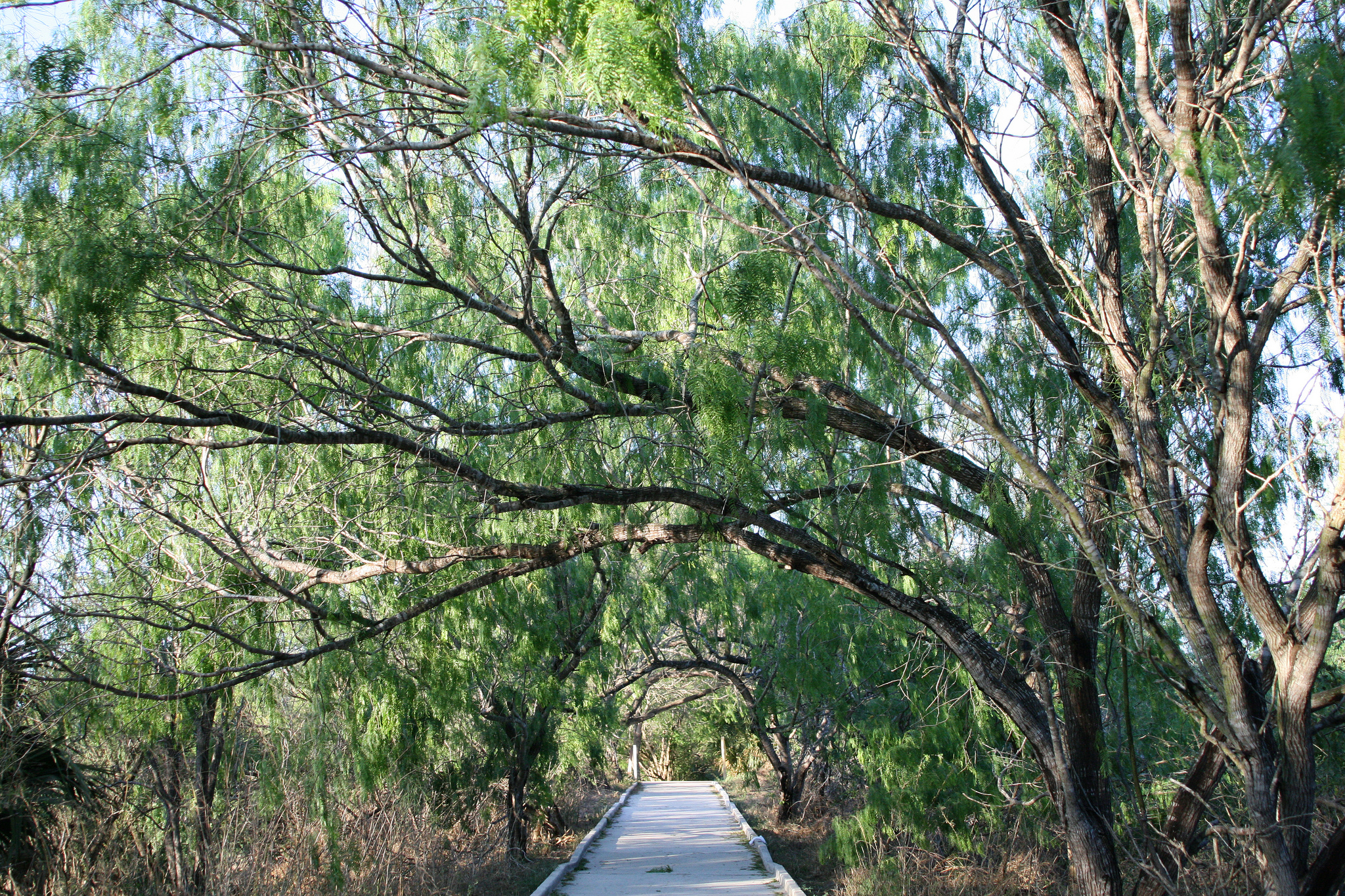The Santa Ana Wildlife Refuge, near McAllen, has been called the “crown jewel” of wildlife refuges. Four hundred species of birds migrate through it, attracting bird-watchers from across the nation. Whether the refuge will continue to attract its 165,000 annual visitors is uncertain, however, because the site has been chosen for President Donald Trump’s controversial border wall.
The refuge is quickly becoming a flashpoint in the border wall debate. The controversy should also encourage serious reflection among environmentalists whether focusing conservation efforts on regulating government land is the best long-term strategy.
By working with private property owners rather than against them, these environmental gains are accomplished in a civil manner and are more likely to endure. By obtaining property rights, rather than relying on fickle government, conservation groups get to decide when and how restrictions should be changed in the future.
If the Santa Ana Wildlife Refuge were privately owned, the takings clause of the Fifth Amendment would protect it by requiring the government to pay just compensation before condemning it. Perhaps if the refuge had been private property, rather than federal land, the compensation requirement would be sufficient to get the government to build the wall somewhere else.
Even if not, the property rights protections afforded a privately owned refuge would protect environmental values. Even if eminent domain could not be stopped, the required compensation could fund improving habitat elsewhere to mitigate the damage. As it stands, the government may build the wall through the refuge without regard to environmental impacts. Recently, the Department of Homeland Security issued a waiver for any environmental regulations that might get in the wall’s way.
Protecting special places through private property rights will require a significant financial investment, it’s true. But let’s not pretend that political environmentalism is free. As the Santa Ana Wildlife Refuge situation shows, wins achieved in the political arena are not set in stone.
A property rights approach to conservation avoids the zero-sum game of politics by empowering environmentalists to, on their own, ensure long-term conservation, encourage restoration and recovery, and adapt management based on what works.
This article originally appeared in the San Antonio Express-News on August 28, 2017. All opinions are Wood’s own and do not necessarily represent the views of the Pacific Legal Foundation.




